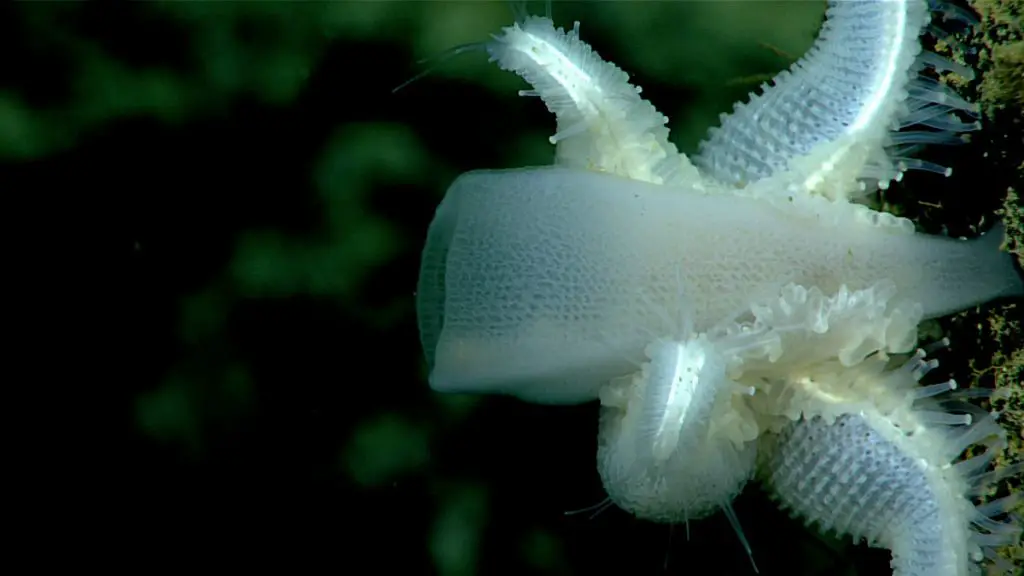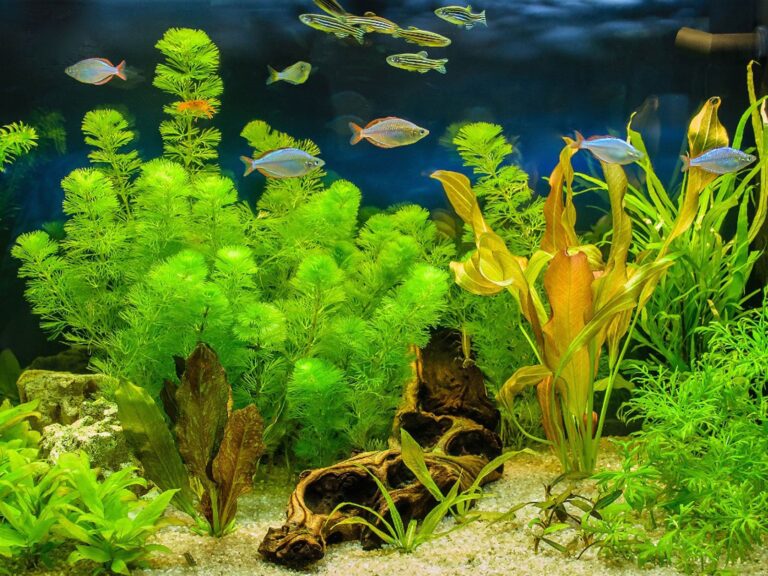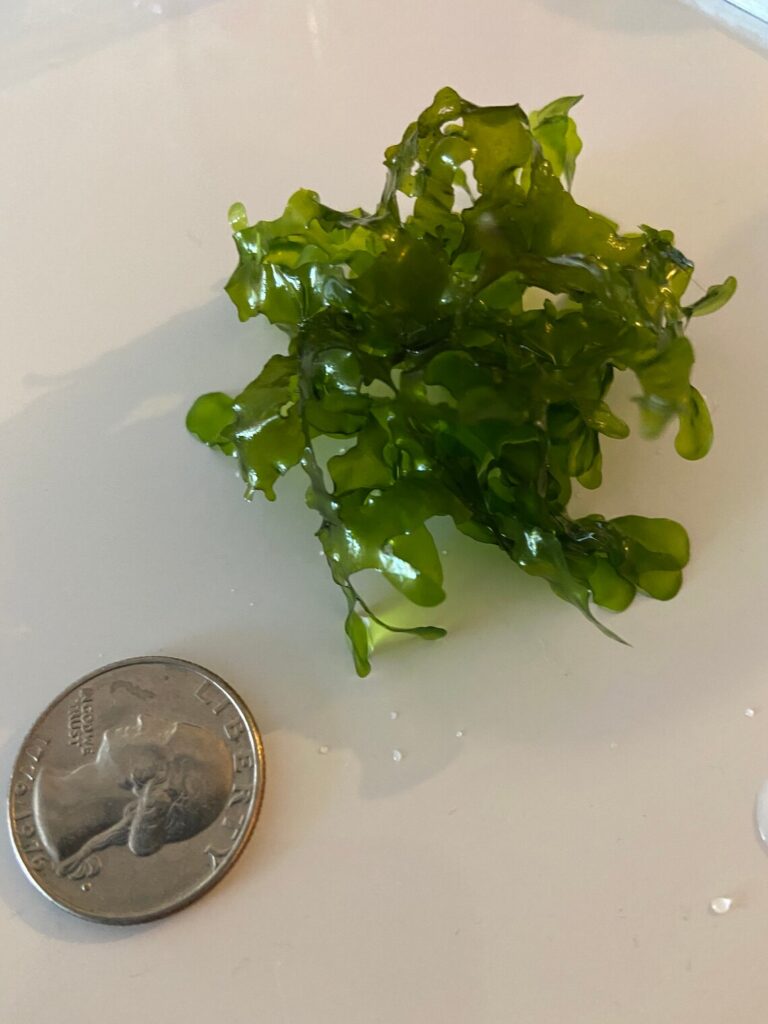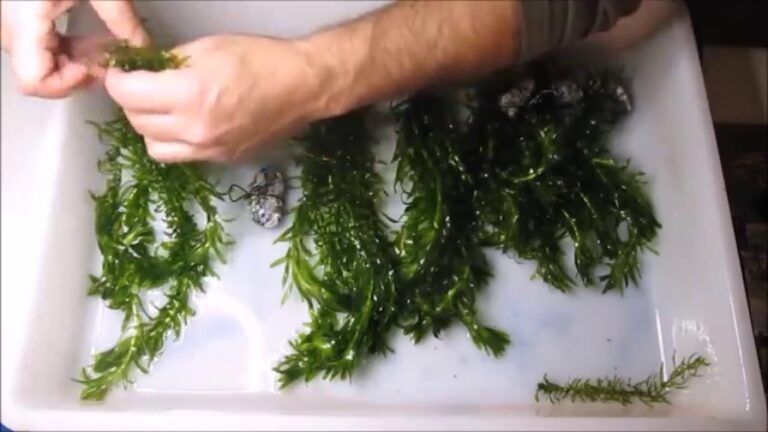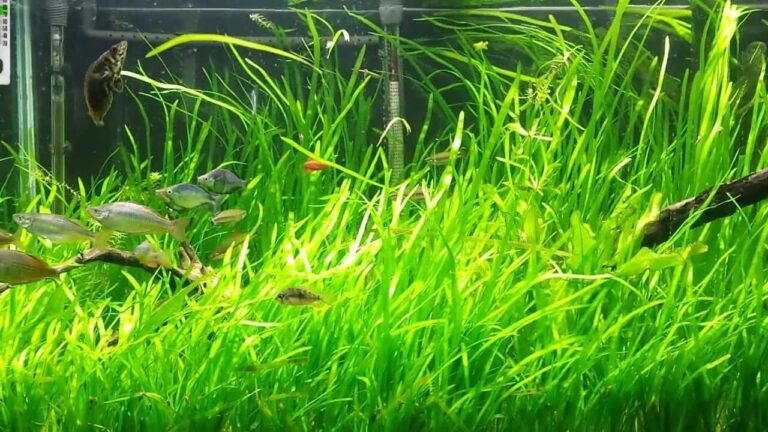Do Sea Stars Eat Sponges
Do Sea Stars Eat Sponges?
Yes, sea stars do eat sponges. Sea stars, also known as starfish, are fascinating creatures that can be found in oceans all around the world. They have a wide variety of diets, including sponges. In this article, we will explore the relationship between sea stars and sponges, how sea stars feed on sponges, and other interesting facts about these marine animals.
The Relationship Between Sea Stars and Sponges
Sponges are immobile, filter-feeding animals that are found in various marine environments. They come in different shapes, sizes, and colors, and they play an essential role in the ecosystem by filtering water and providing shelter for many other marine organisms.
Sea stars, on the other hand, are predators that feed on a variety of prey, including mollusks, crustaceans, and even other starfish. Some species of sea stars have a particular affinity for sponges and have adapted their feeding behaviors to consume these fascinating creatures.

How Sea Stars Feed on Sponges
Sea stars have a unique feeding mechanism that allows them to consume sponges. Most sea stars have tubular feet located on their underside, which they use to grip onto the surface of the sponge. Once attached, they extend their stomach out through their mouth and release digestive enzymes onto the sponge. These enzymes break down the sponge’s tissues, allowing the sea star to absorb the nutrients.
Sea stars are not picky eaters and can consume a wide range of sponges. Some species have even been known to eat toxic sponges without experiencing any adverse effects. The ability to consume sponges gives sea stars a competitive advantage in areas where other predators may avoid these potentially harmful organisms.
Variations in Sponge Consumption
While it is true that sea stars do eat sponges, not all species of sea stars consume the same types of sponges. Some sea stars have developed specific adaptations to feed on particular sponge species. For example, the crown-of-thorns starfish (Acanthaster planci) primarily feeds on coral polyps but has been known to eat certain types of sponges as well.
Similarly, the Oreasteridae family of sea stars, commonly known as the cushion stars, have a preference for sponges and are more likely to be found in areas where sponges are abundant. These sea stars have a broader, smoother body shape, which allows them to navigate through sponge-filled habitats more easily.
Interesting Facts about Sea Stars and Sponges
1. Some sea star species have specialized organs called pedicellariae, which are used to keep their skin clean and free from debris. These tiny pincer-like structures also help to deter potential predators and remove small organisms that may try to settle on the sea star’s surface, including sponges.
2. Sponges have a regenerative ability, similar to sea stars. If a sponge is damaged or injured, it can repair and regrow its tissues. This adaptability allows sponges to withstand predation from sea stars and other organisms.
3. Sea stars are not limited to the consumption of whole sponges. They can also feed on sponge fragments or even consume the planktonic larvae of sponges. This feeding behavior can have significant effects on sponge populations and community dynamics.
Frequently Asked Questions
Q: Are there any sea star species that do not eat sponges?
A: While many sea star species do consume sponges, some species have different dietary preferences. For example, some sea stars primarily feed on mollusks or crustaceans and may not show an interest in sponges.
Q: Do sea stars completely consume sponges, or do they leave some behind?
A: Sea stars consume the sponge’s tissues but may leave behind the spicules, which are the skeleton-like structures that provide structural support to the sponge. These spicules can accumulate over time and contribute to the formation of sediment.
Q: Can sea stars eat all types of sponges?
A: Sea stars have a wide range of dietary preferences, and while they can consume many types of sponges, some may be less palatable or contain toxins that deter sea star predation.
Q: Do sea stars have any predators?
A: Sea stars have natural predators, including certain species of fish and birds. Some species of sea stars also fall victim to parasitic infections, which can significantly impact their populations.
Final Thoughts
Sea stars and sponges have a complex relationship in the marine ecosystem. Sea stars, with their ability to consume sponges, play a crucial role in regulating sponge populations and maintaining the balance of marine ecosystems. Understanding the feeding behaviors of sea stars and their interactions with sponges provides valuable insights into the intricate web of life beneath the ocean surface.
